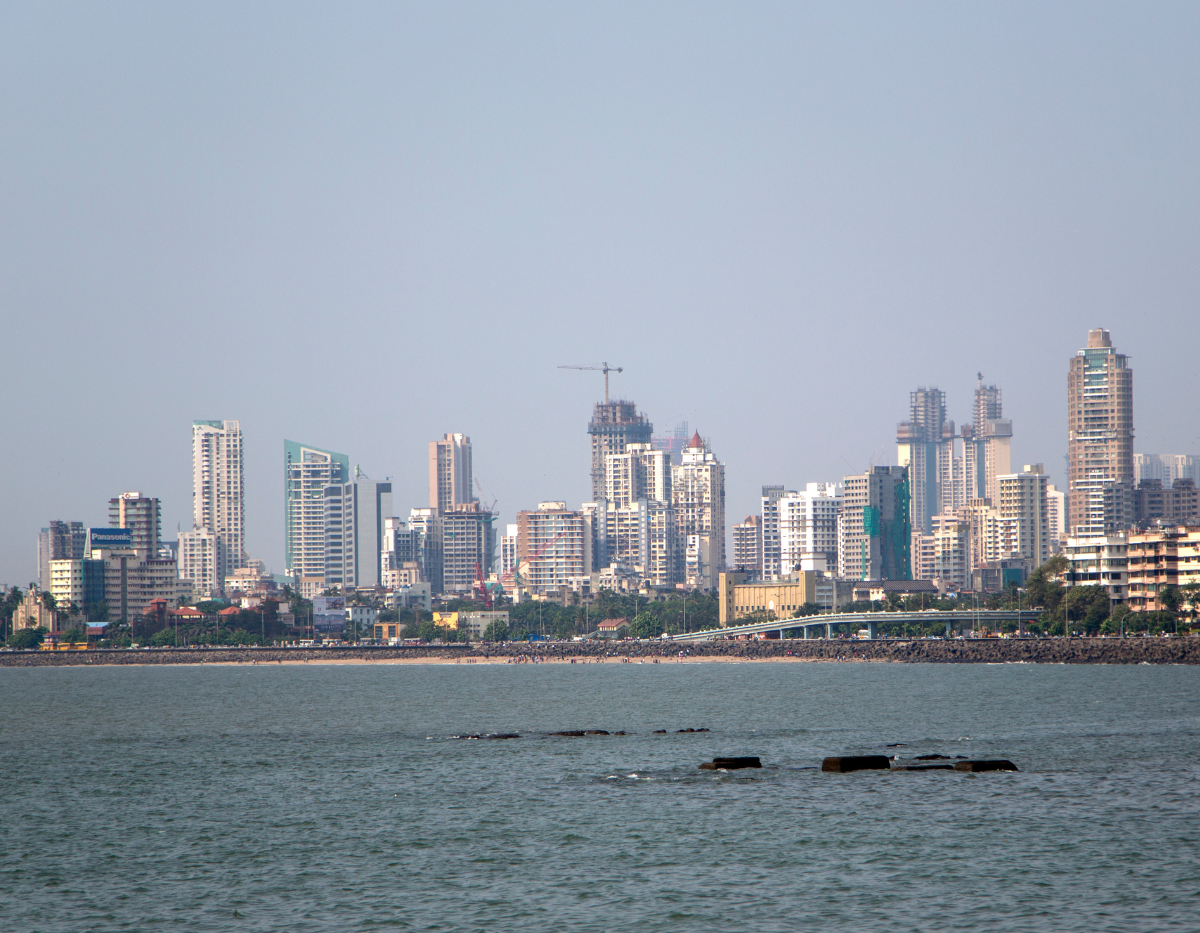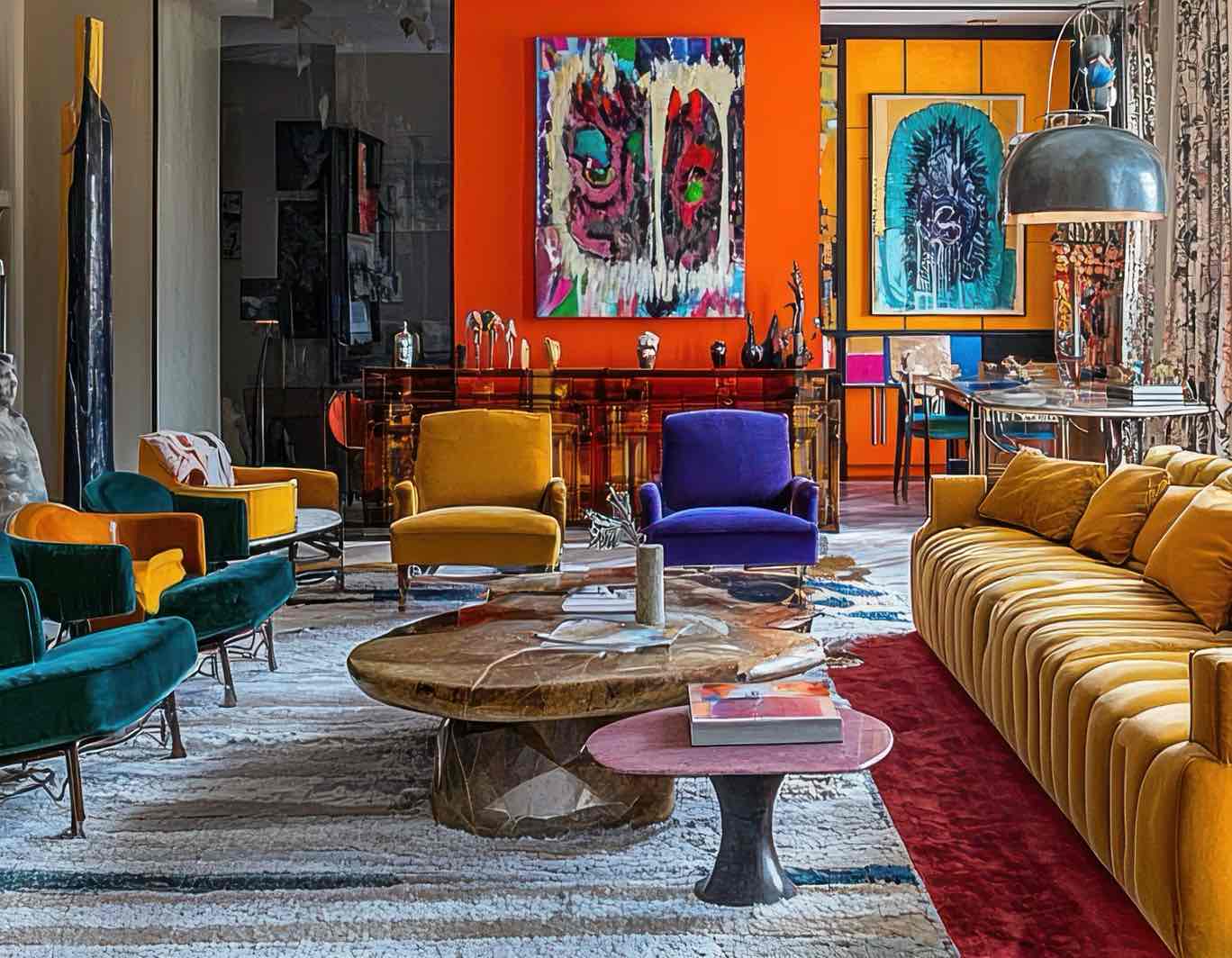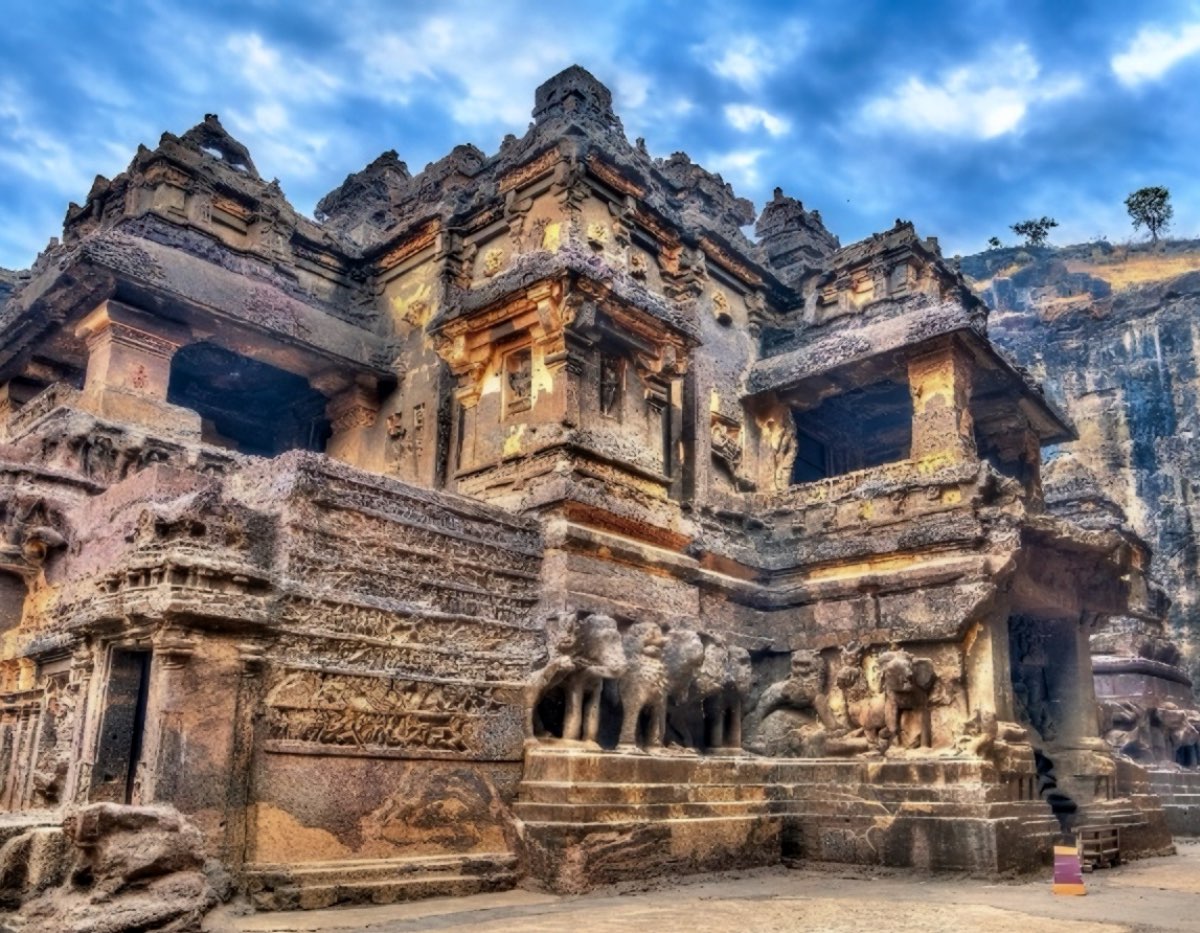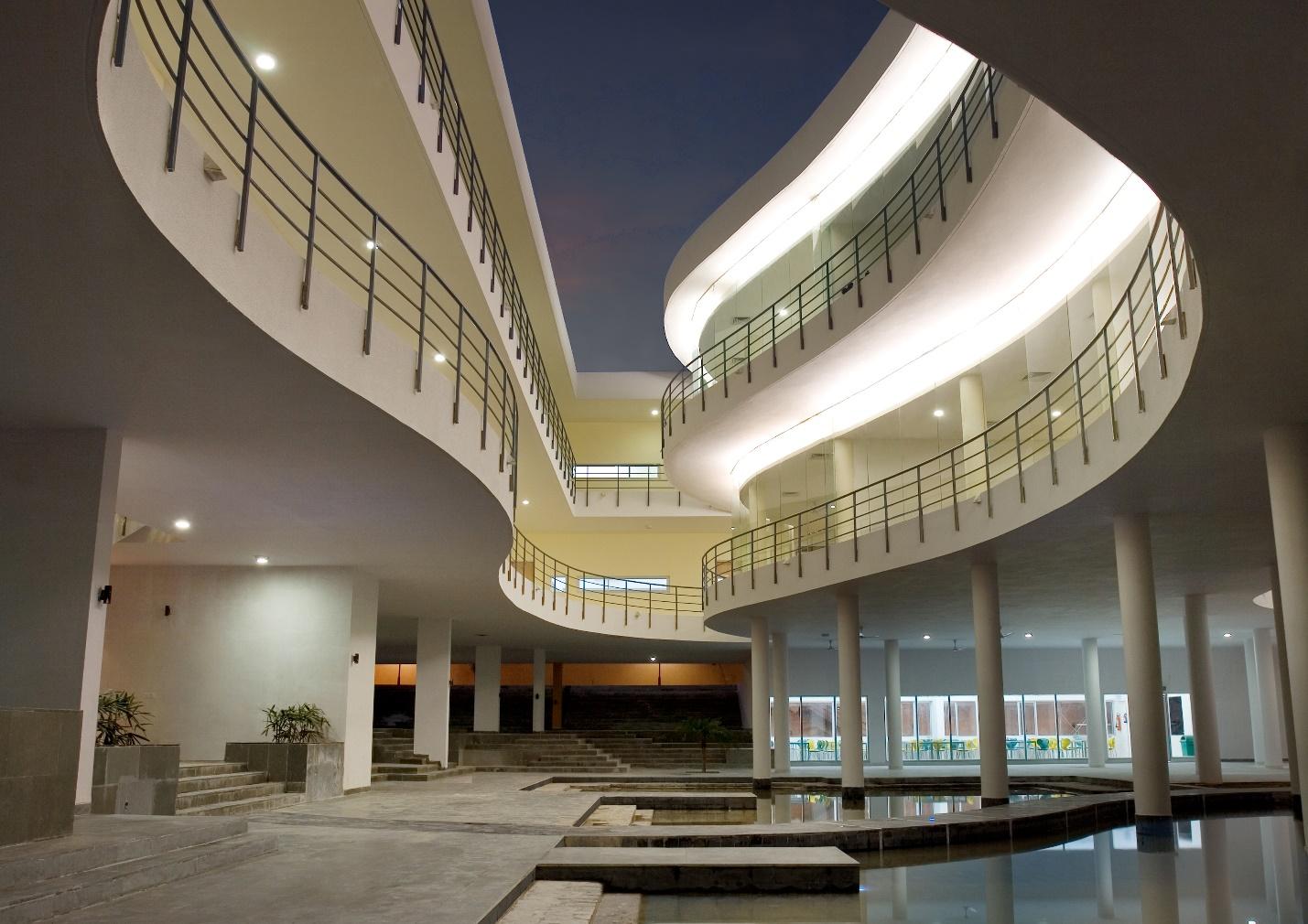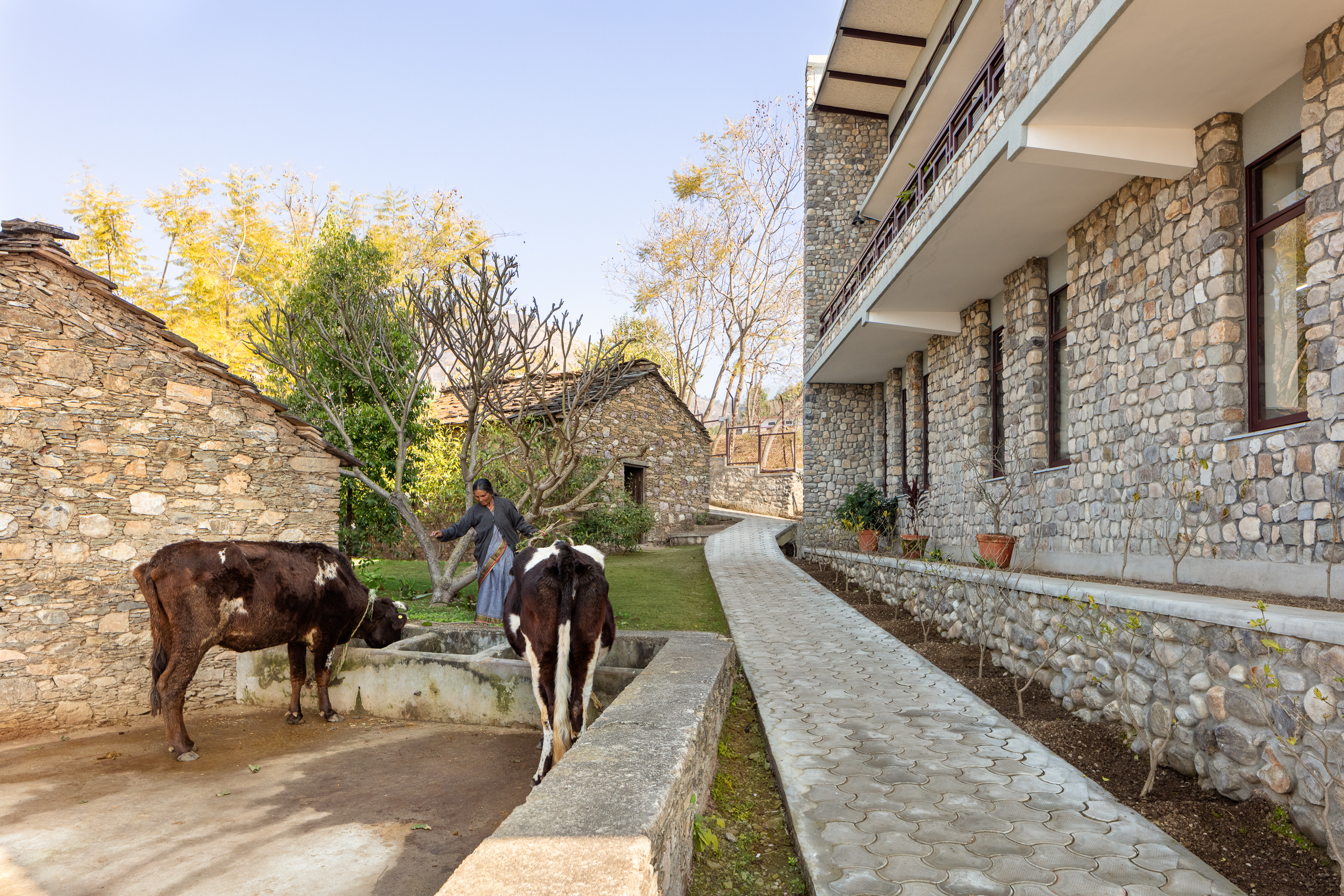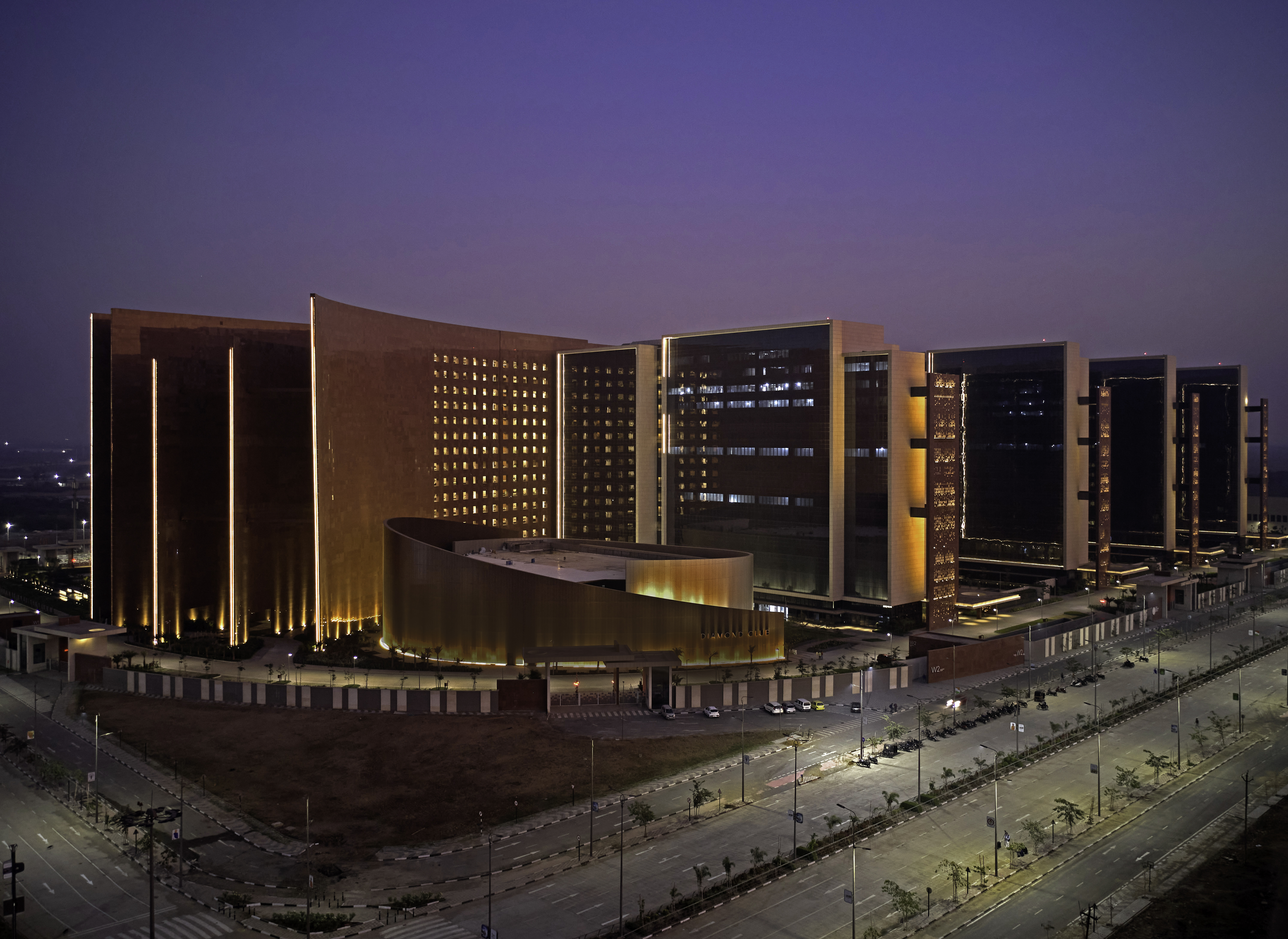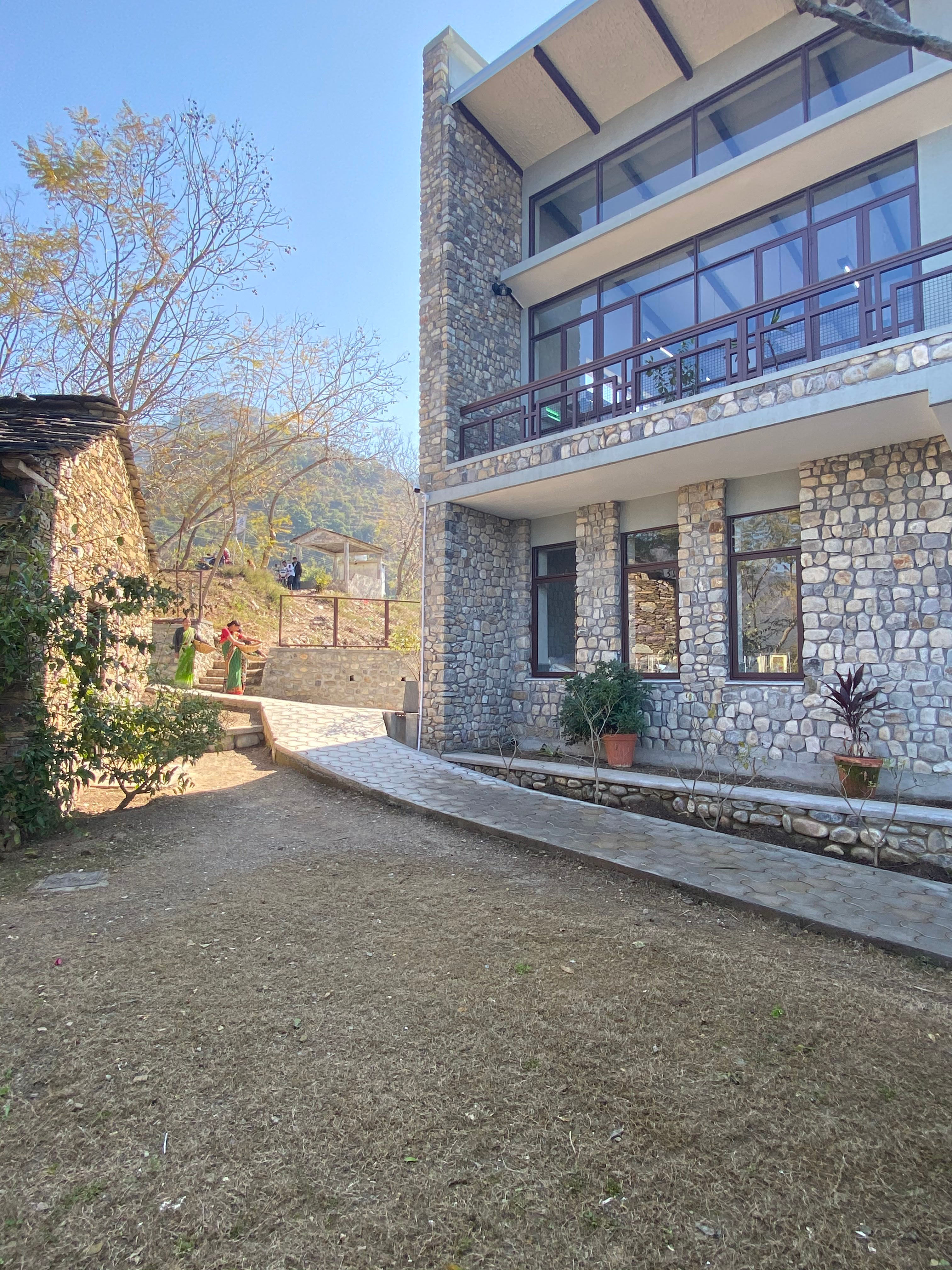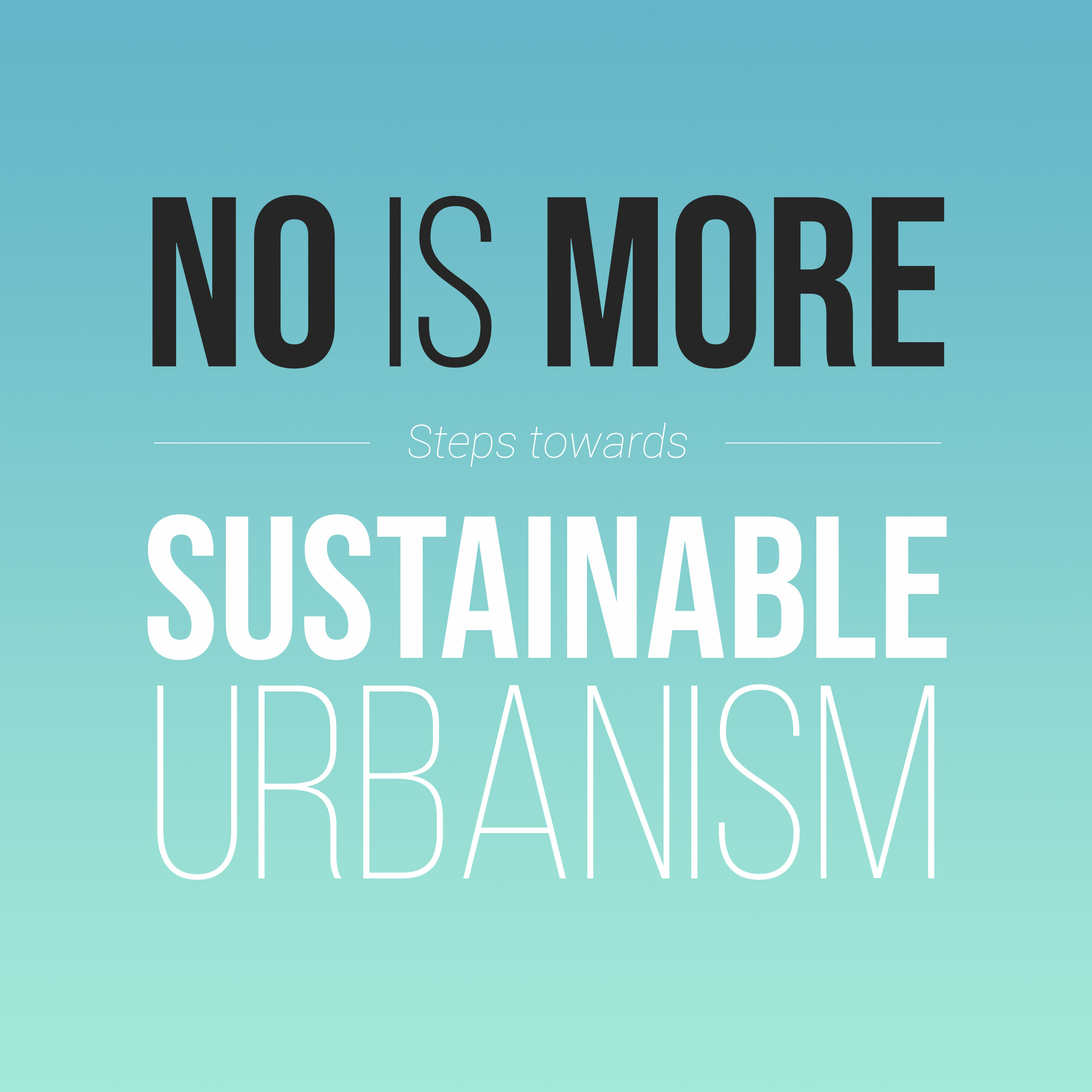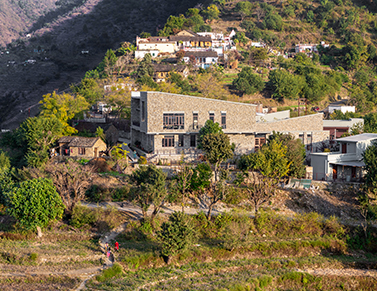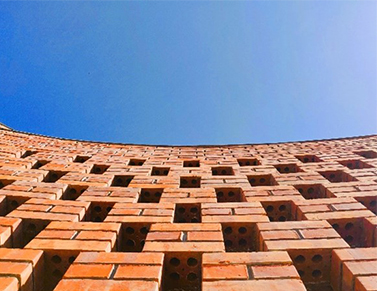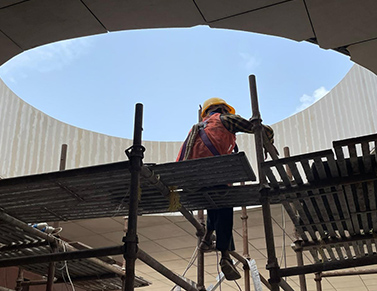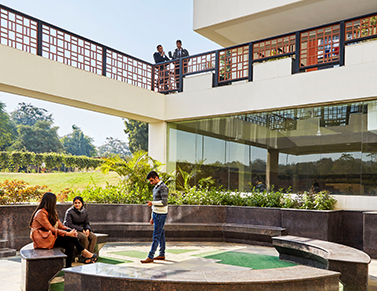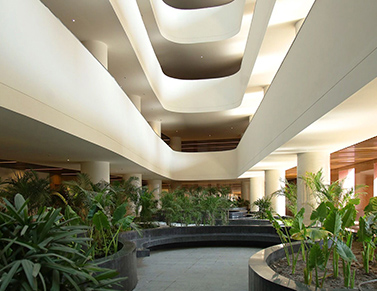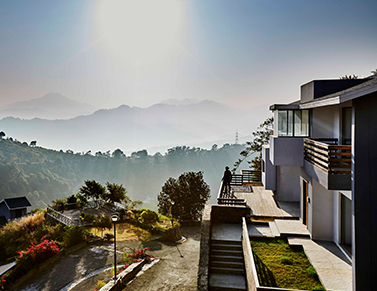Sustainability and luxury have long been viewed as incompatible ideals—one representing restraint, the other abundance. But today’s discerning consumers and forward-thinking architects are proving otherwise. This article explores how sustainability is not a compromise in luxury, but rather an evolution of it—redefining what it means to build and live beautifully and responsibly.
Table of Content:
1. Luxury and Sustainability: A New Narrative
Historically, luxury in architecture meant extravagance—grand spaces, rare materials, and resource-heavy construction. Sustainability, by contrast, was seen as a limitation, associated with cost-saving and minimalism. However, this dichotomy is rapidly dissolving.
A 2022 report by Global Wellness Institute, who define wellness as the active pursuit of activities, choices, and lifestyles that lead to a state of holistic health, revealed that in just two years (2015-2017), the wellness economy grew from $3.7 trillion to $4.2 trillion, or by 6.4% annually, a growth rate nearly twice as fast as global economic growth (3.6%)
We champion this paradigm shift to meet the evolving needs of people and the environments they inhabit. We believe that true luxury is not rooted in excess but in thoughtful design—where comfort, culture, and ecological balance coexist seamlessly.
2. Five Pillars of Sustainable Luxury in Architecture
At Morphogenesis, sustainable luxury is more than a design choice—it’s a conscious commitment to crafting spaces that are responsible, refined, and resilient. We believe that architecture rooted in sustainability need not compromise on luxury; rather, it elevates it. Our approach is anchored in five foundational pillars that inform every aspect of our design thinking—from concept to completion.
I. Resource Efficiency: Smart Design for Elevated Living
At Taj Bangalore, passive solar design, skylit atriums, and self-shading forms reduce dependence on artificial lighting and mechanical cooling, thereby optimizing energy use. Locally sourced Sadarahalli granite and intelligent massing lower the embodied carbon footprint while maintaining visual richness.
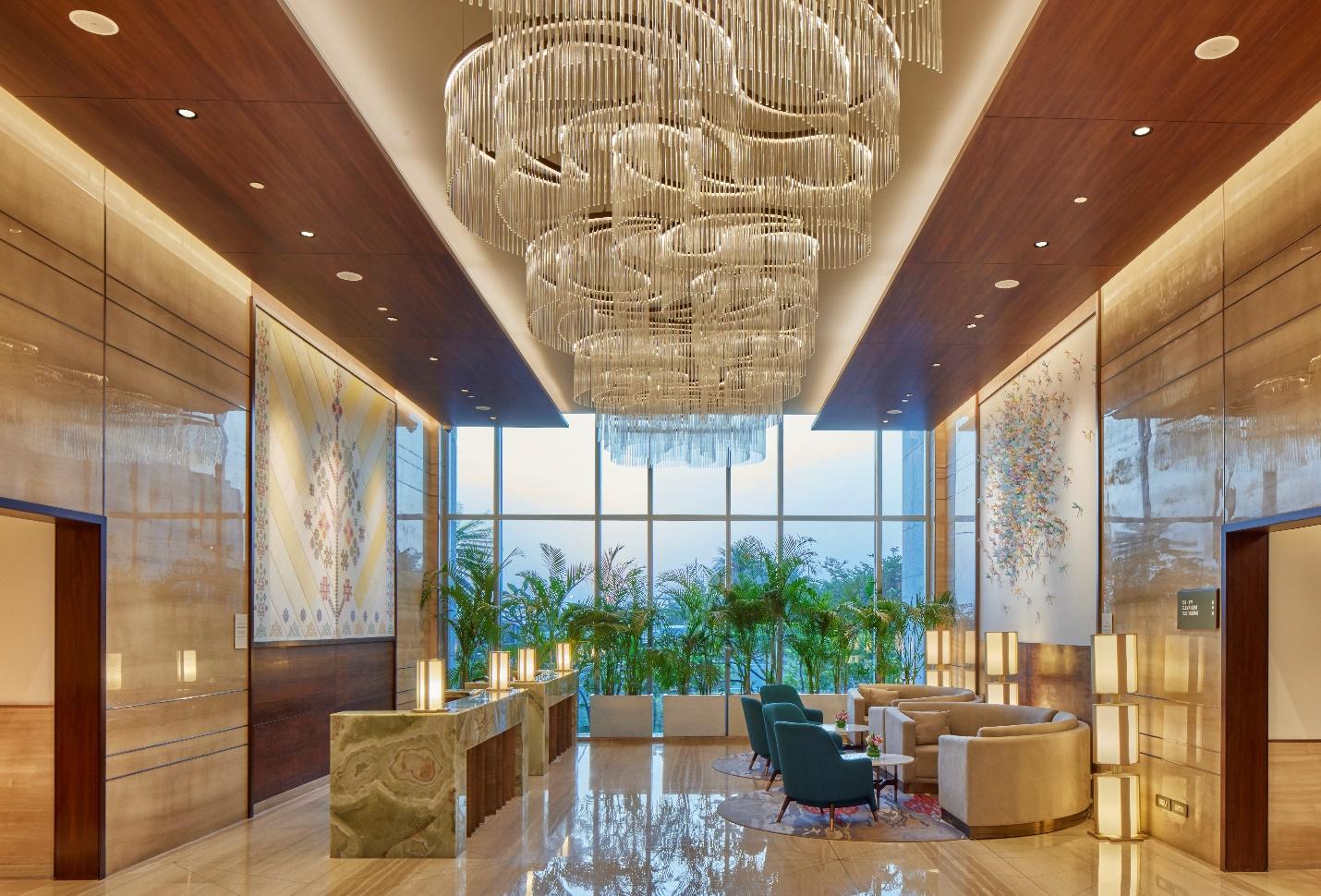
In North Goa, The Yellow House followed a brownfield redevelopment strategy, retaining the existing structure while minimizing excavation. This effort conserved embodied energy and preserved on-site vegetation, including a centuries-old tree. Efficient spatial planning allowed adaptive reuse of three original bedrooms into luxurious suites while the guestroom block was positioned to capture glare-free northern light, reducing energy loads naturally.
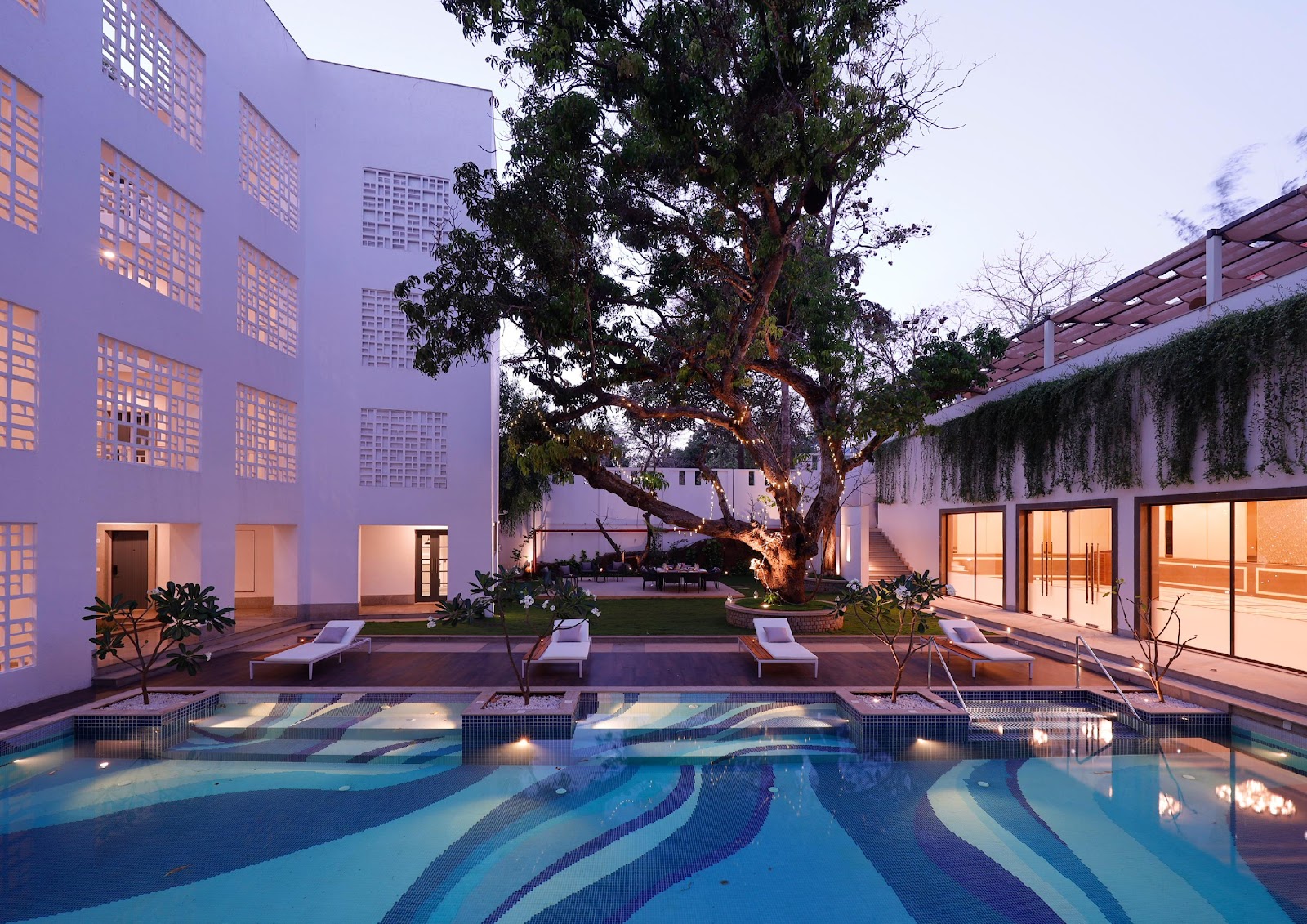
II. Integration with Nature: Designing for the Senses
Nature is not just a backdrop—it is a design element. At Taj Bangalore, landscaped sunken courts and a sculptural tree-inspired centerpiece anchor the hotel’s biophilic intent, helping regulate the microclimate while echoing Bengaluru’s “Garden City” legacy. The fifth-floor semi-open restaurant connects guests with the natural surroundings, offering panoramic views of the runway.
At The Yellow House, architecture respects the undulating Goan terrain. Existing trees were integrated into the spatial plan, and open courtyards and alfresco dining spaces promote a seamless indoor-outdoor transition. The suites are surrounded by lush greenery and private gardens, while jacuzzies and terraces create pockets of intimacy with nature—fostering a calm, immersive environment for relaxation.
III. Cultural Sensitivity: Authenticity as a Design Principle
Luxury gains meaning when it’s rooted in place. Taj Bangalore draws from Karnataka’s cultural heritage, using vernacular references like a C-shaped plan reminiscent of traditional courtyard homes. Interiors celebrate regional craftsmanship with handwoven textiles, custom artwork, and woodcarvings that evoke local artistry. Even the dining area subtly nods to Bengaluru’s colonial-era architecture.
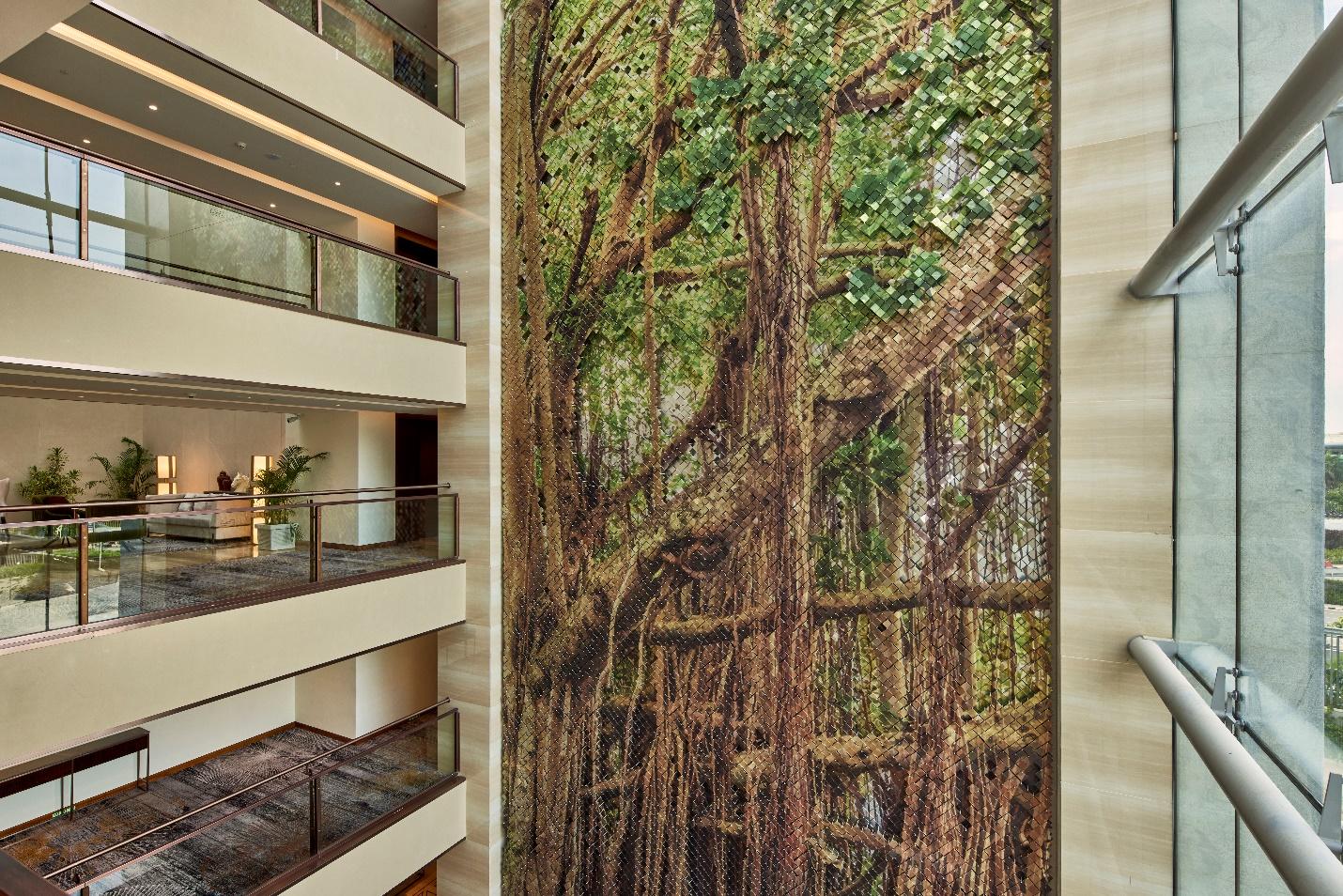
In contrast, The Yellow House reimagines the spirit of a Portuguese-Goan villa. Decorative mouldings, reconditioned arched windows, and handcrafted terrazzo tiles featuring reinterpreted geometric motifs revive a bygone era with modern finesse. Materiality becomes storytelling—rattan screens, Udaipur stone walls, and heirloom furniture narrate the region’s layered history, infusing authenticity into every corner of the property.
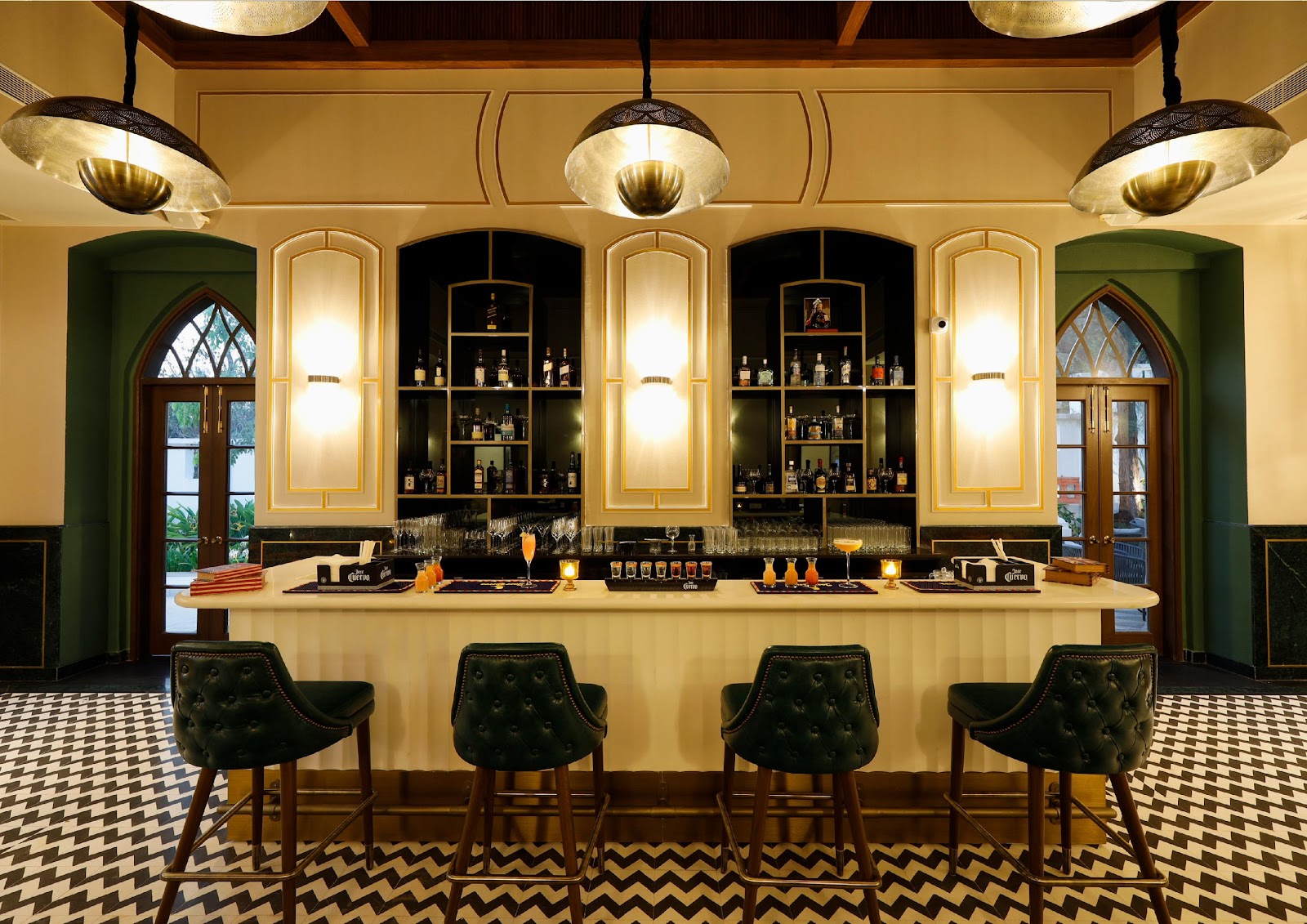
IV. Climate-Responsive Architecture: Comfort Meets Intelligence
At Taj Bangalore, climatic responsiveness is built into the DNA of the project. The building’s morphology allows natural ventilation, passive cooling, and heat modulation through high thermal mass materials like granite. These strategies ensure that the structure adapts to changing weather conditions while maintaining guest comfort.
The Yellow House adopts similar principles, using thick masonry walls, staggered circulation, and open courtyards to promote air flow and thermal comfort in Goa’s humid climate. The strategic orientation of the new guestroom block and shaded terraces enables passive solar control, limiting heat gain and creating comfortable retreats without mechanical reliance.
V. Longevity and Adaptability: The True Test of Luxury
Luxury that lasts is luxury that evolves. The Taj Bangalore hotel, with over 220 rooms, is designed for future scalability. Modular planning, a third-floor bridge connection, and adaptive spatial arrangements accommodate evolving hospitality needs, minimizing the need for disruptive overhauls. Timeless materials such as Serpeggiante marble and hardwood ensure enduring aesthetic appeal.
Meanwhile, The Yellow House exemplifies longevity through preservation. Original structural elements—trussed roofs, mouldings, and tiled surfaces—were carefully restored, bridging historical continuity with present-day functionality. The project’s thoughtful layout and multifunctional areas allow flexibility in use, ensuring it can evolve with changing guest expectations while retaining its character.
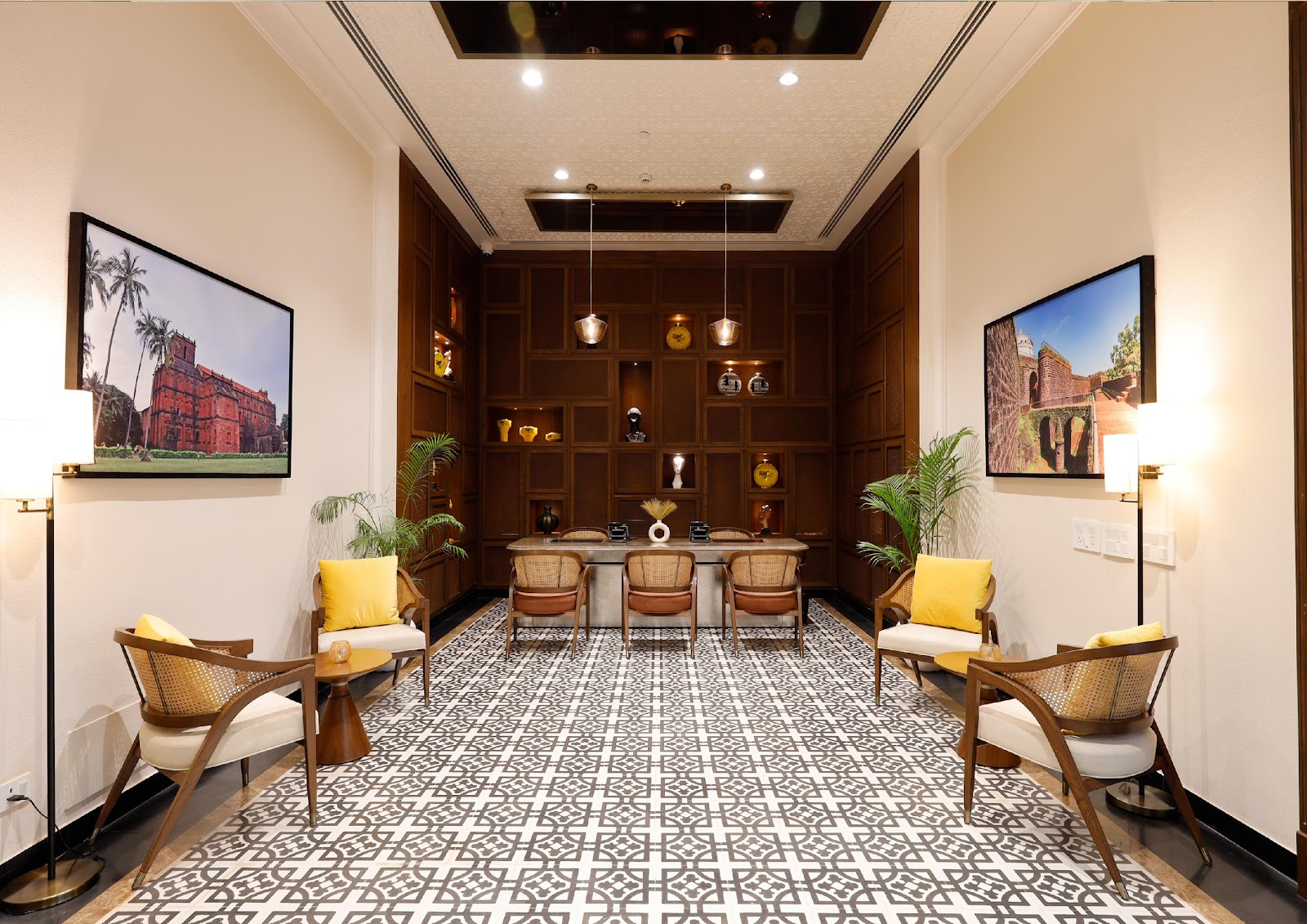
3. Challenges and Opportunities in Sustainable Luxury
Despite its merits, the integration of sustainability and luxury often faces skepticism, especially from stakeholders focused on immediate returns. Many still perceive green architecture as a cost burden rather than an asset.
However, this perception is changing. A study by Knight Frank found that certified green buildings in India command a 7-10% rental premium compared to non-certified buildings. This, coupled with long-term energy savings and increased demand, makes green certifications a valuable asset for property owners. . Sustainable architecture offers long-term savings in energy and maintenance, increases occupant well-being, and meets evolving consumer expectations.
Moreover, technological innovation is accelerating this transition. Smart building systems, renewable energy solutions, and advanced sustainable materials are redefining luxury from the ground up. A 2023 Deloitte survey noted that 68% of consumers now actively seek sustainability in their purchase decisions, including luxury real estate and hospitality.
4. Leading the Future of Luxury Through Sustainability
The definition of luxury is undergoing a radical transformation—one that prioritizes longevity over lavishness, purpose over excess, and harmony over spectacle. In this paradigm, sustainability isn’t an accessory to luxury; it is its new foundation.
At Morphogenesis, we don’t see this as a challenge—we see it as an opportunity to lead. Our work demonstrates that the most desirable spaces are not those that simply impress at first glance, but those that endure, inspire, and enrich lives over time.
By embedding sustainability into the essence of architectural excellence, we are shaping a new legacy—one where luxury is not just seen, but deeply felt. This is the future: intuitive, intelligent, and intrinsically responsible. And it’s already being built.






